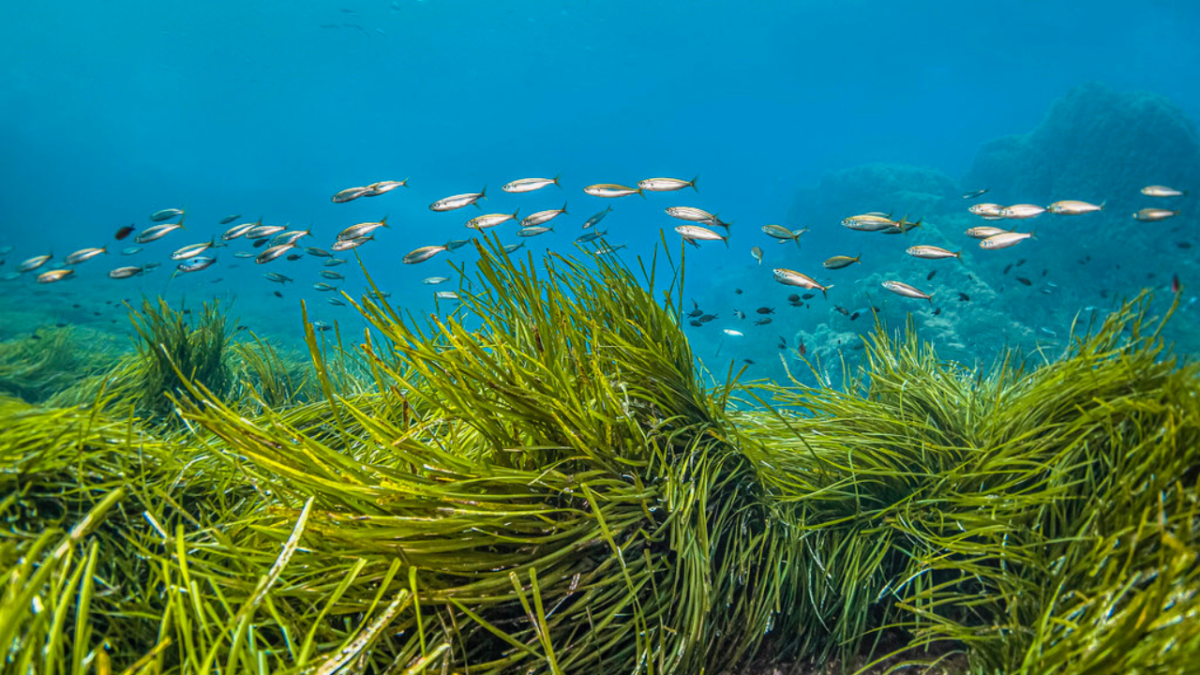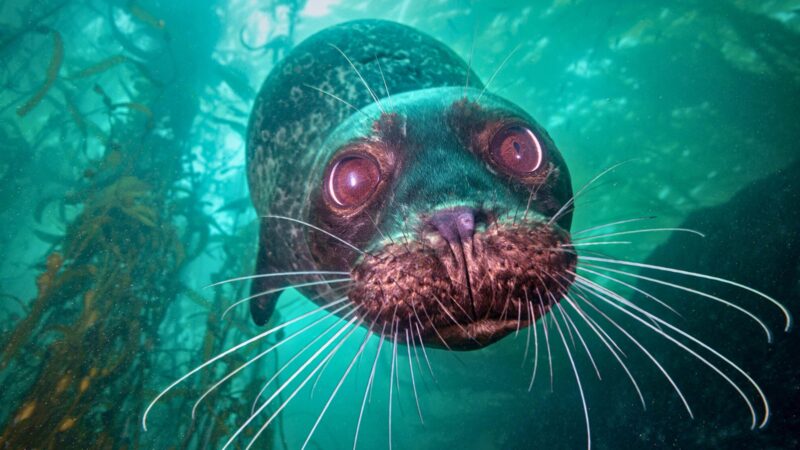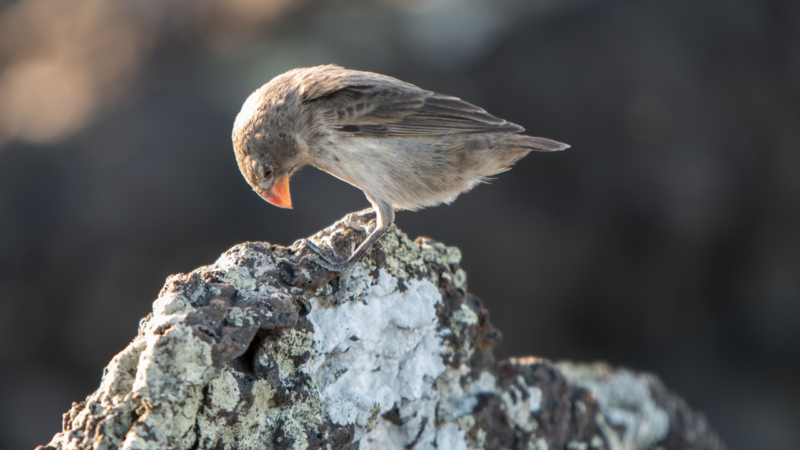
eDNA reveals unique fish communities in Southern California seagrass meadows
Southern California’s seagrass meadows, often mistaken for seaweed, are marine havens for a staggering array of fish. This new UCLA-led study reveals unique fish communities across different seagrass locations, highlighting their vital role in coastal ecosystems.
Commonly mistaken for seaweed or kelp, seagrass is a type of marine flowering plant that grows in shallow waters.
The patches it forms are among the most productive ecosystems in the world. Fed by nutrient-rich currents, these underwater meadows support a staggering array of marine life.
A UCLA-led study published in the journal PLOS One uncovered distinct fish communities associated with different geographically located seagrass beds, and revealed the hidden biodiversity of these habitats.
“We saw that seagrass beds, even between coastal mainland and coastal island beds, support largely different communities of fish across the seasons,” said Tanner Waters, the paper’s lead author and a Ph.D. graduate from UCLA Institute of the Environment and Sustainability.
Researchers collected environmental DNA (eDNA) from seagrass sites across Southern California’s coast. Seagrass meadows in protected bays and inlets were found to host species that live in wetlands, estuaries and bays. In contrast, seagrass meadows along exposed coastlines — open to ocean waves — supported species that live in the water column and on rocky reefs.
The research identified 78 species of fish thriving in these seagrass habitats. The structural components formed by the shoots and leaves of the seagrass serve as a nursery for juvenile fish and shelter for various species. Commercially and recreationally important fish species, such as California halibut, kelp bass and barred sand bass, significantly benefit from these habitats as well.
Southern California’s coast is home to two types of seagrasses — surfgrass and eelgrass. They play a crucial role in cleaning surrounding water and sequestering carbon dioxide from the atmosphere. Since seagrass health is directly linked to the health of the entire coastal ecosystem, these underwater meadows serve as early warning signs of environmental problems. By monitoring seagrass health, scientists can gain valuable insights into the status of our coastal waters.
The use of eDNA — a technique that collects genetic material shed by organisms in their environment — allowed researchers to detect a greater variety of species than traditional visual fish sampling methods, including rare or ecologically important ones. While visual surveys provide valuable information on abundance and fish length, eDNA sampling is more comprehensive, revealing uncommon visitors such as tuna, which rarely inhabit shallow and nearshore environments.
While the study highlights how seagrass beds support a staggering array of marine life, it also underscores the need for tailored conservation strategies based on location, Waters said. “Future efforts must consider geographic diversity of seagrass beds in order to ensure the greatest net benefit for Southern California’s fish populations,” he said.
As Southern California’s oceans face escalating threats, including coastal development and climate change, safeguarding these vital habitats is critical to protecting biodiversity and fisheries. Recognizing the many species that visit or live in seagrass beds can help implement effective conservation strategies for these habitats.




